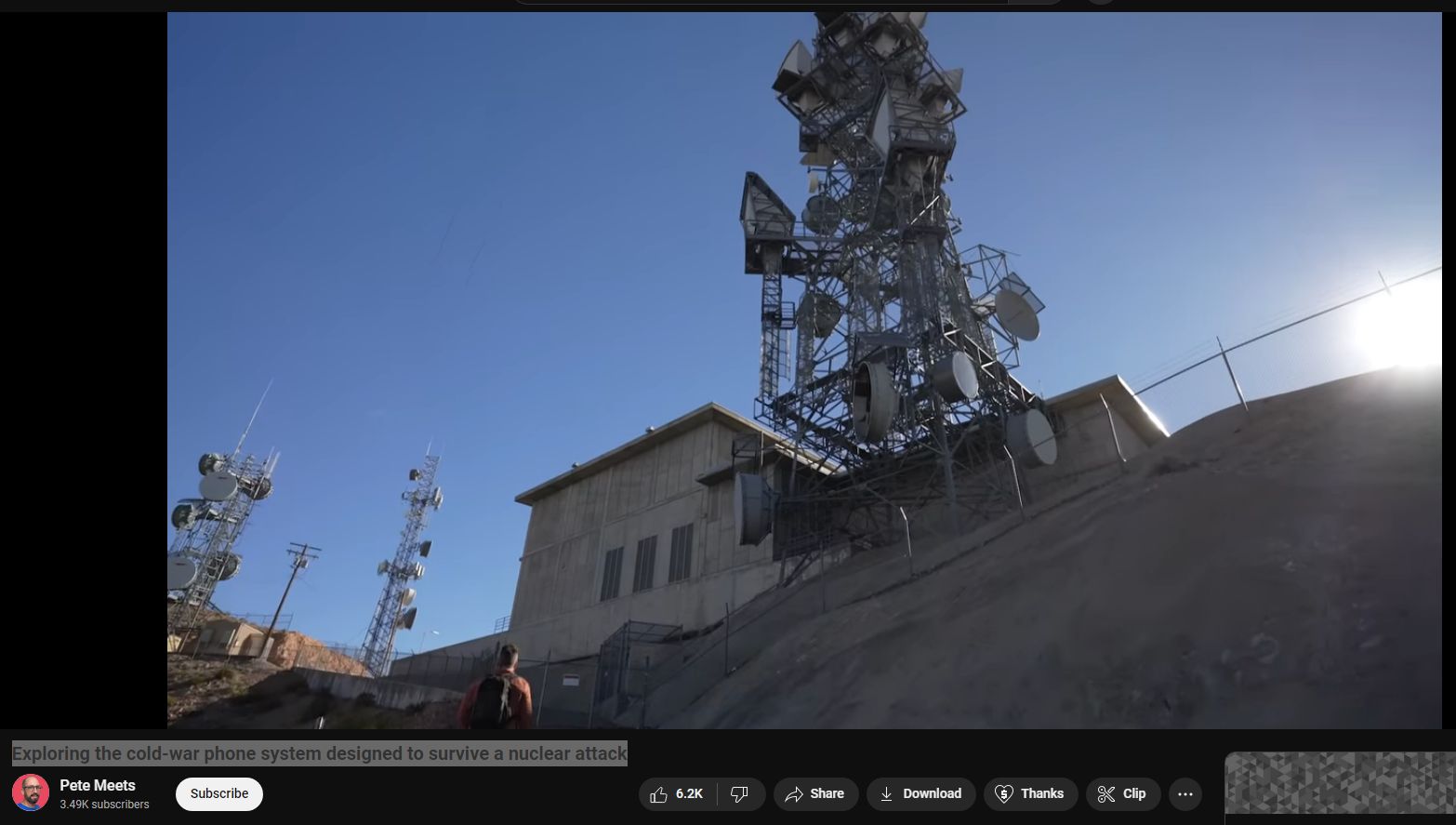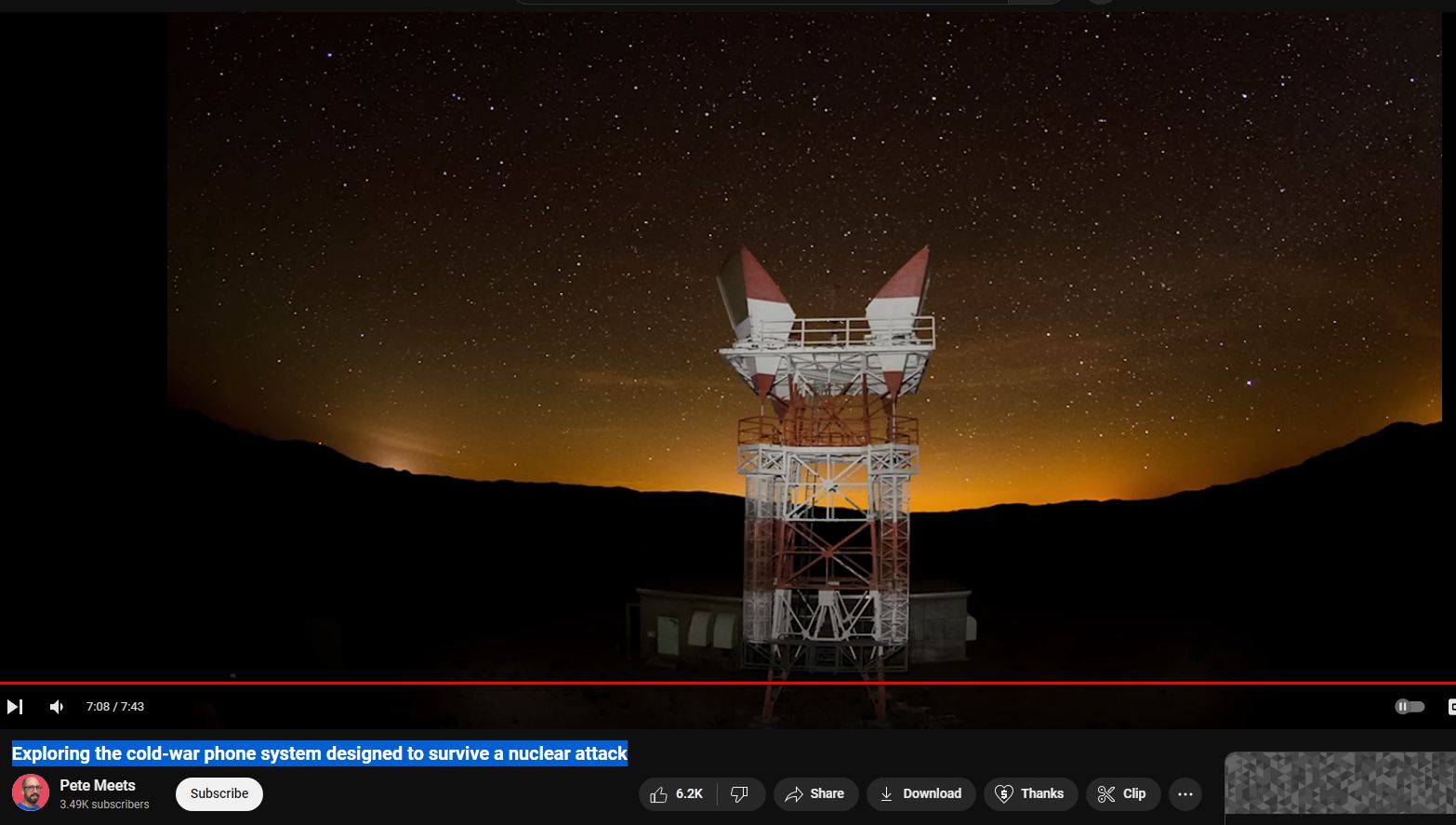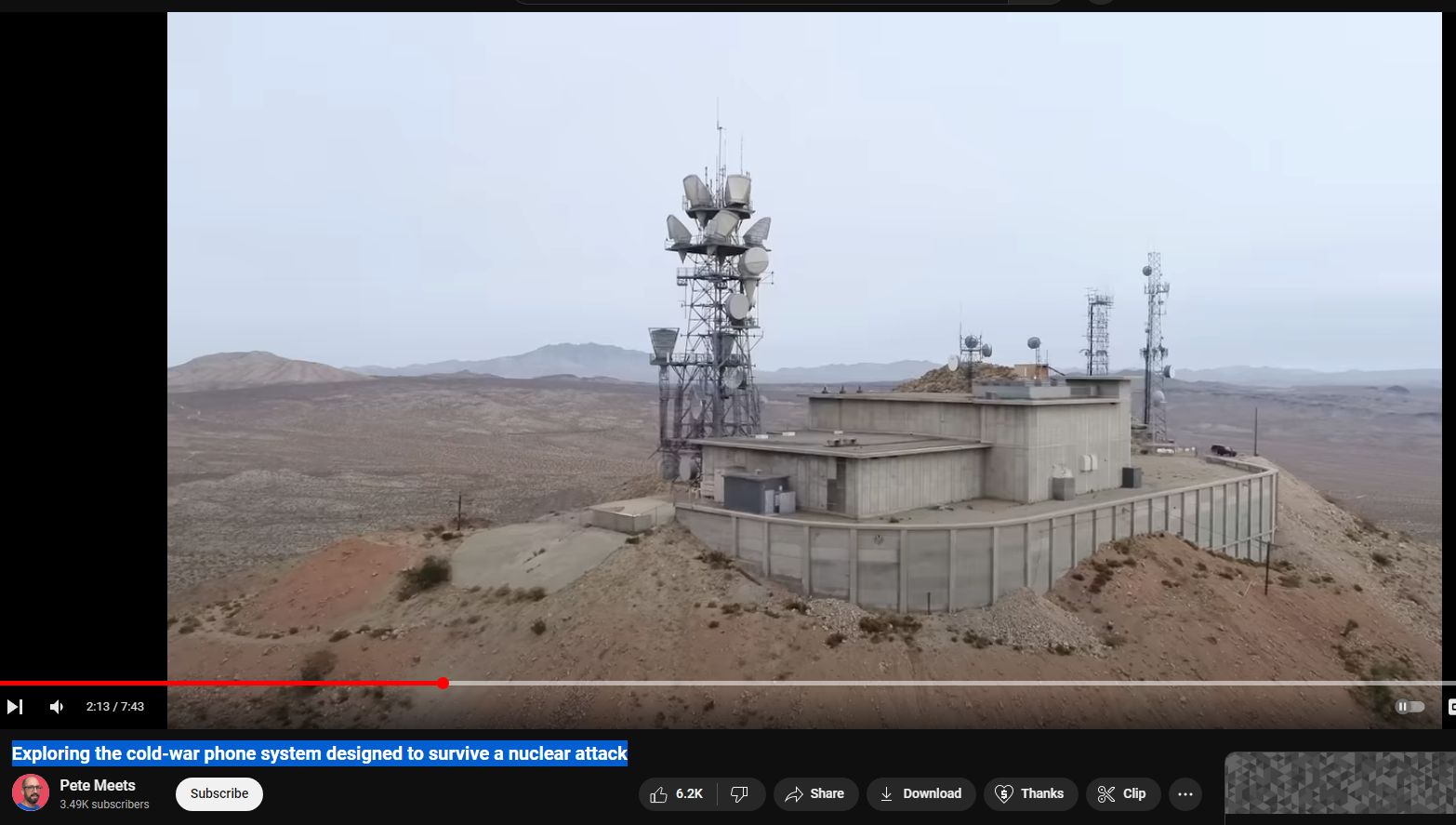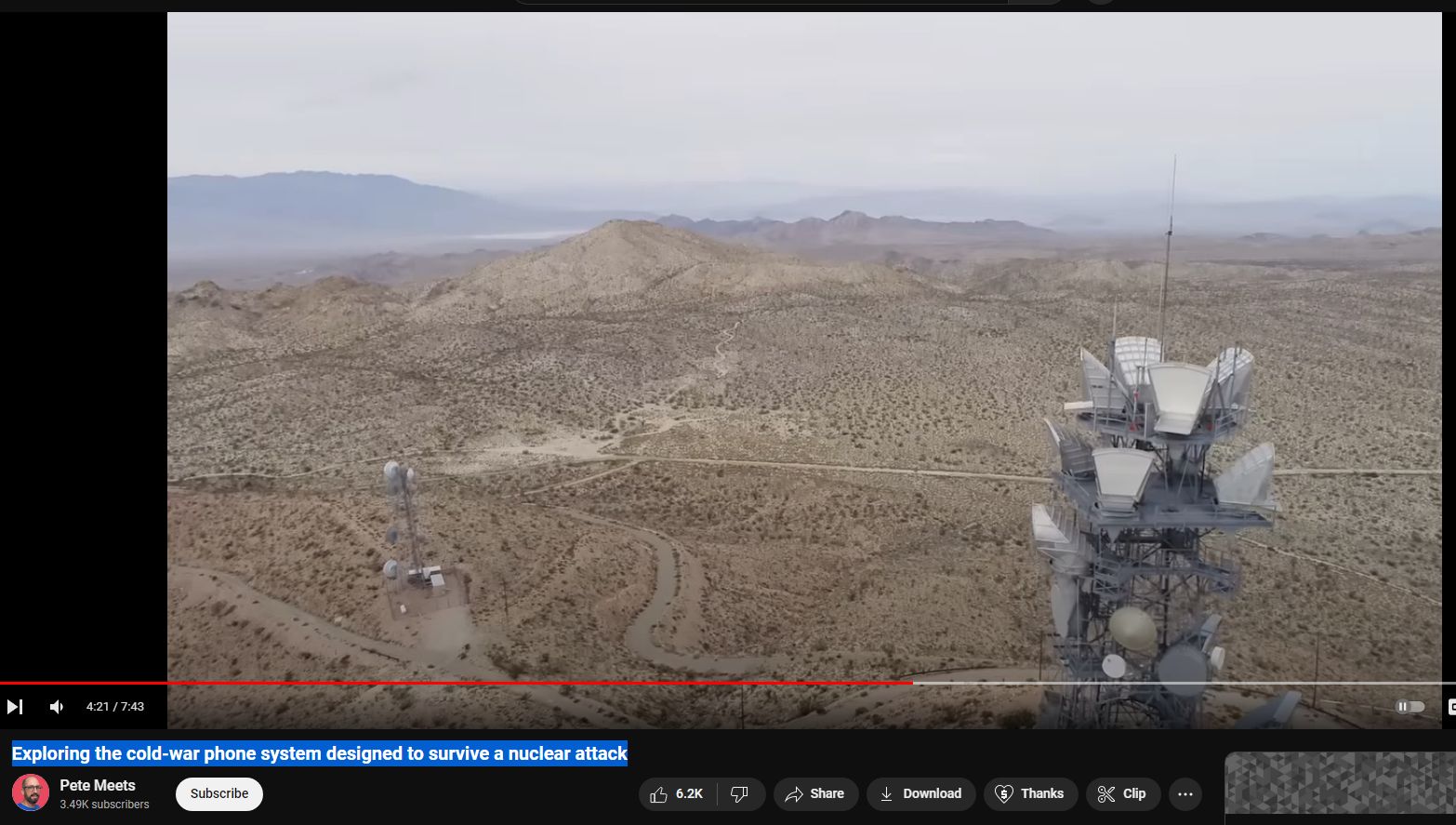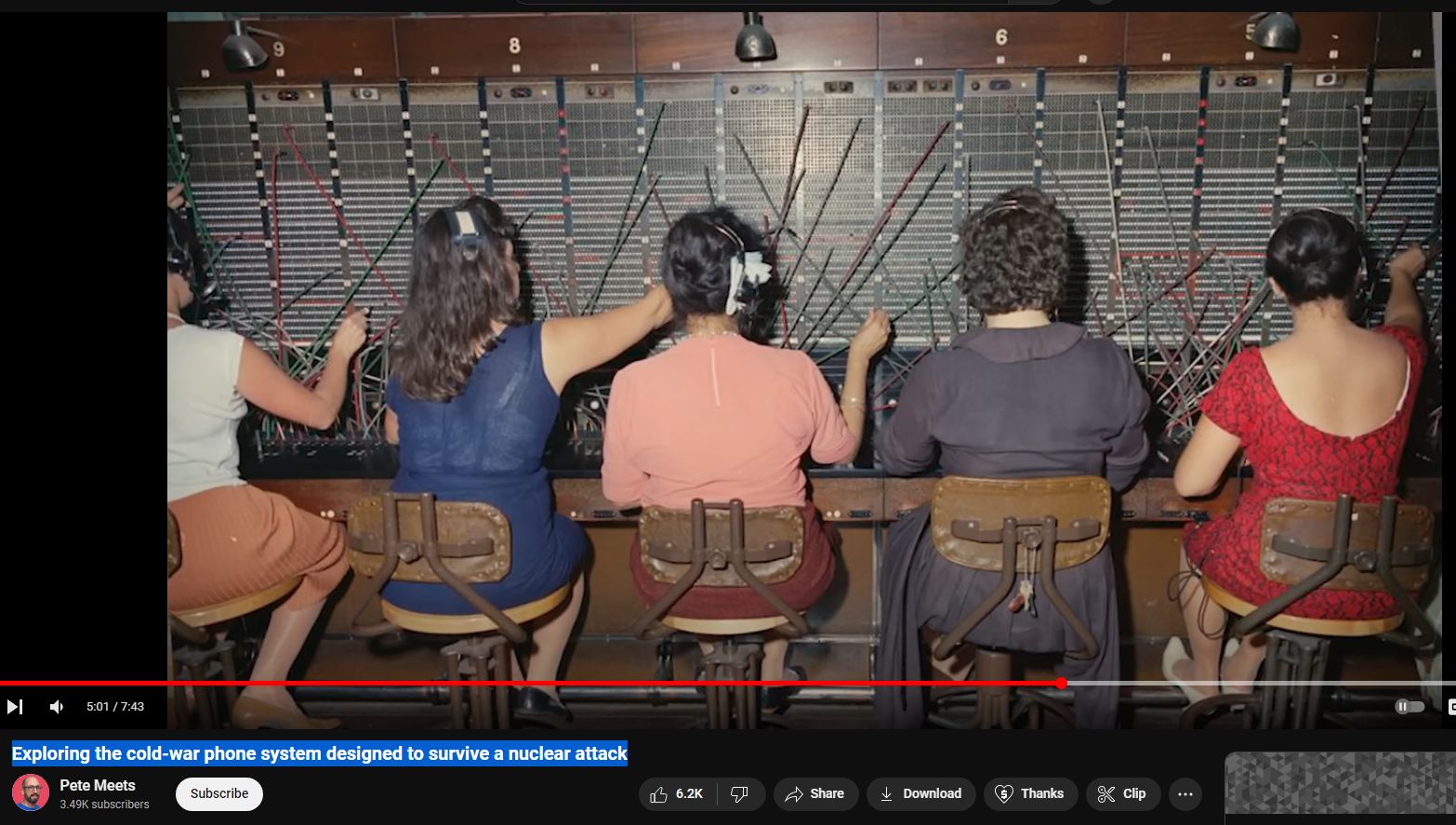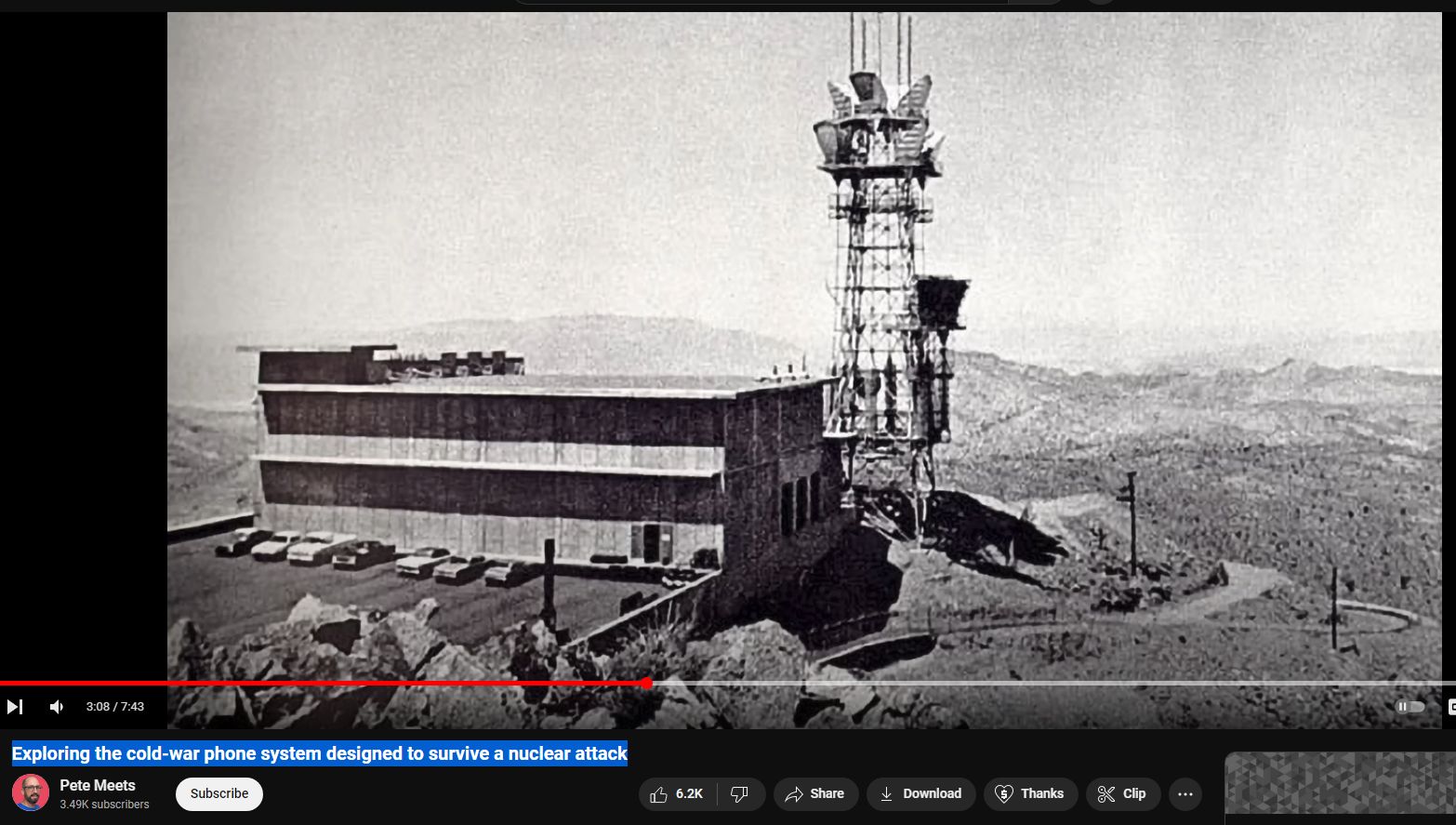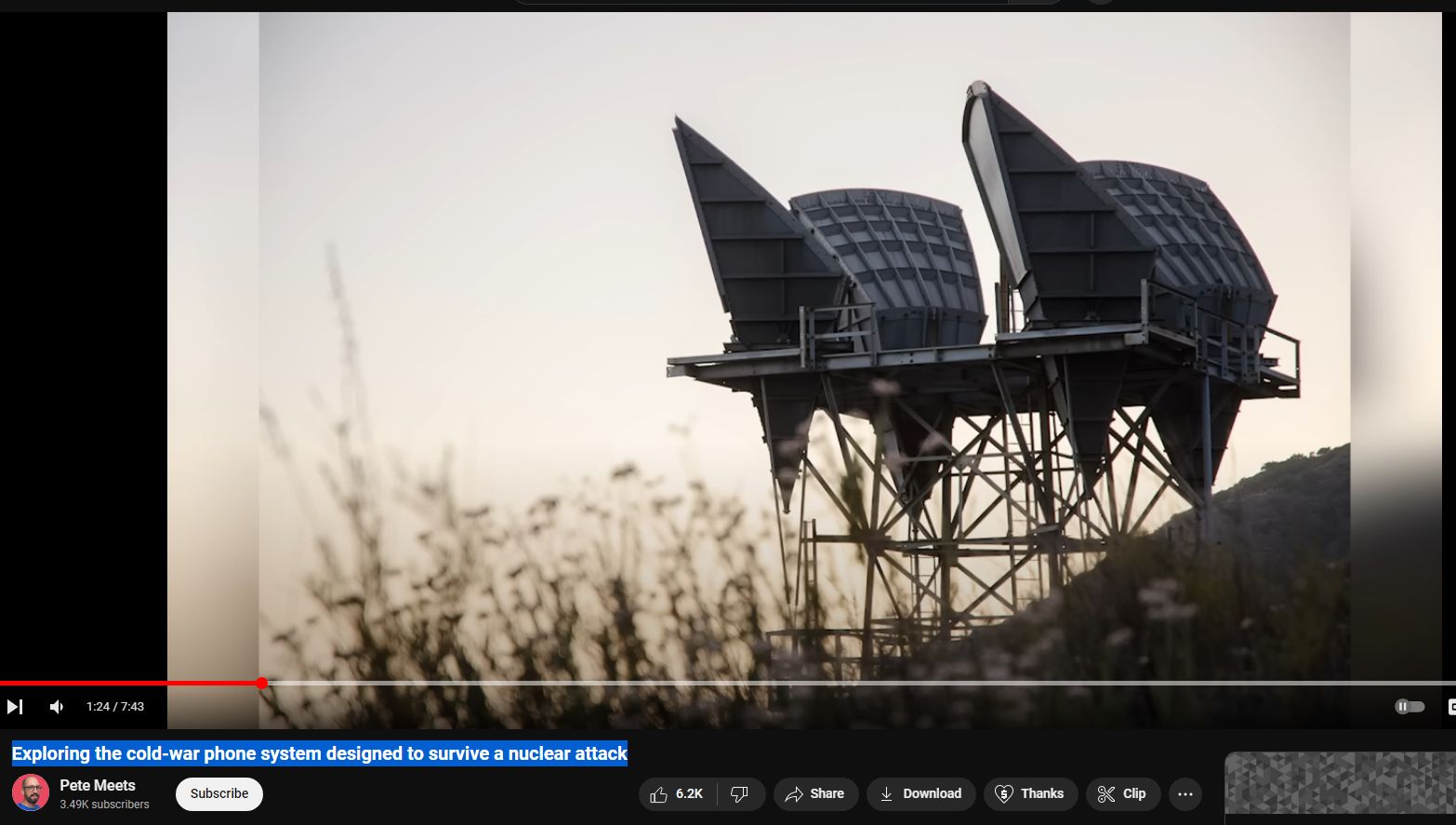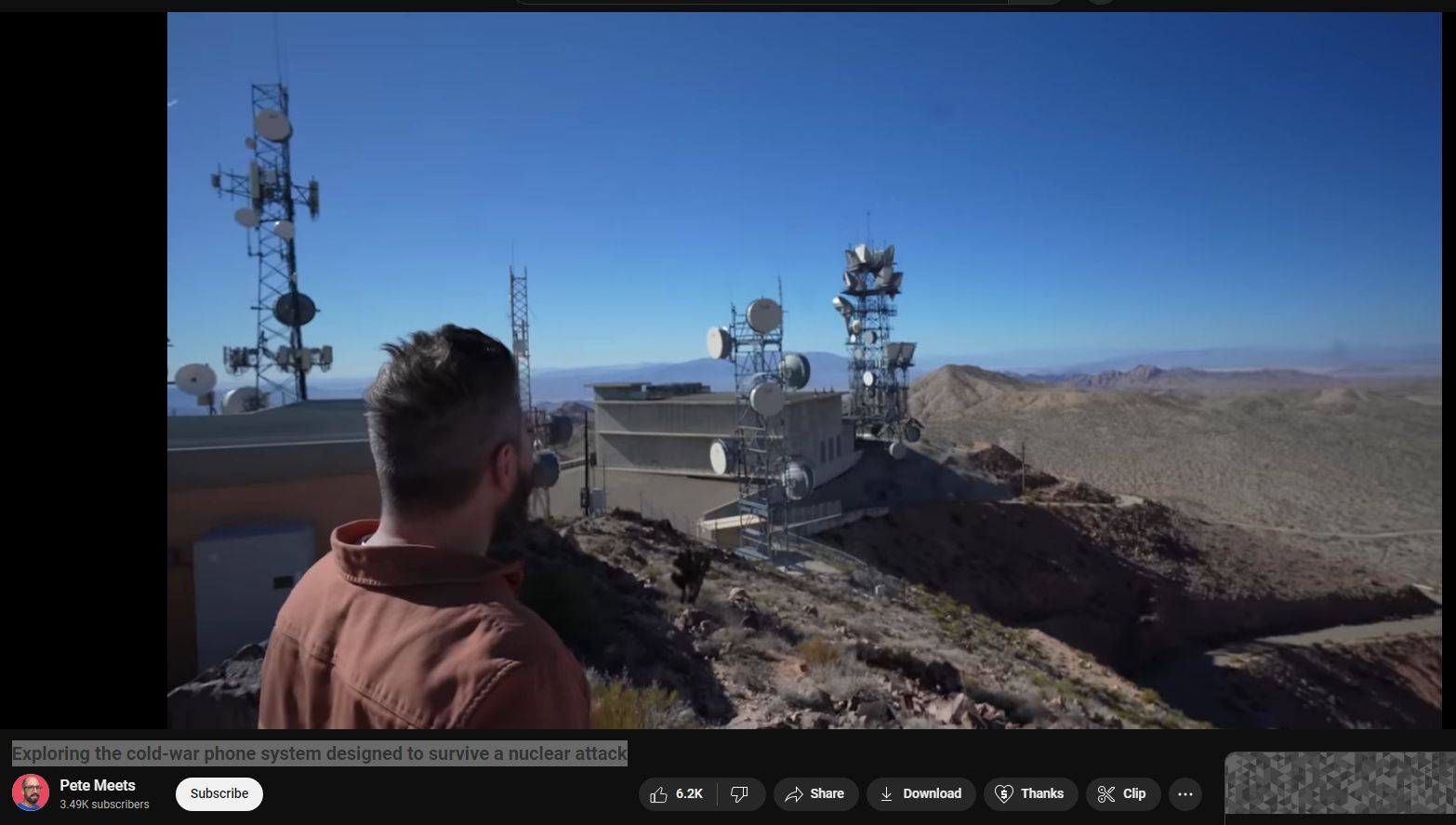ATT Long Lines Microwave Relays
“That’s a high-chair for a giant baby.”
AT&T Long Lines Microwave, also known as the AT&T Long Lines Network, was a pioneering telecommunications system developed and operated by AT&T (American Telephone and Telegraph Company) in the mid-20th century. It was a crucial part of the telecommunications infrastructure in the United States and played a significant role in long-distance communication. Later, the company MCI became a premiere provider of microwave point-to-point relay communications.
The Long Lines Microwave system utilized microwave radio transmission technology to transmit telephone and television signals over long distances. Microwave radio waves, operating at high frequencies, were beamed between tower sites positioned typically 20 to 30 miles apart. These towers formed a network spanning the country, allowing for rapid communication between major urban centers and rural areas.
This network was instrumental in improving long-distance communication capabilities, providing faster and more reliable connections compared to older technologies like telegraphy or early coaxial cables. It greatly reduced the reliance on physical cables for long-distance communication, enabling faster expansion and more flexible routing.
One of the key advantages of the Long Lines Microwave system was its ability to bypass the limitations of traditional wired connections, such as the need for extensive trenching and laying of cables. This made it particularly valuable for connecting remote or geographically challenging regions where laying physical cables was impractical or cost-prohibitive.
The Long Lines Microwave system played a crucial role in various aspects of communication, including telephone service, television broadcasting, and data transmission. It facilitated the growth of national and international communication networks and contributed to the development of modern telecommunications infrastructure.
Over time, advancements in technology, such as the introduction of fiber optics and digital transmission systems, gradually replaced much of the Long Lines Microwave network. However, its legacy as a pioneering telecommunications system remains significant, showcasing the early innovations that paved the way for today’s interconnected world.
A microwave relay tower in the desert. This station is known as “Turquoise”, on Turquoise Mountain in Nevada.
